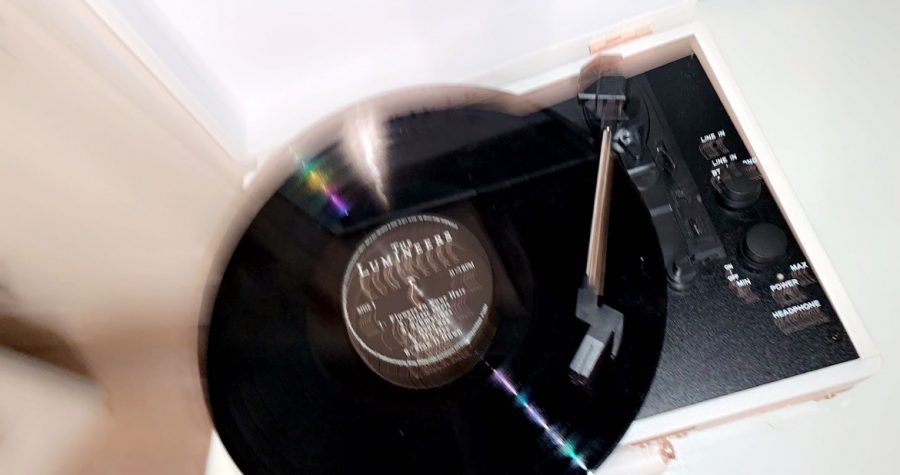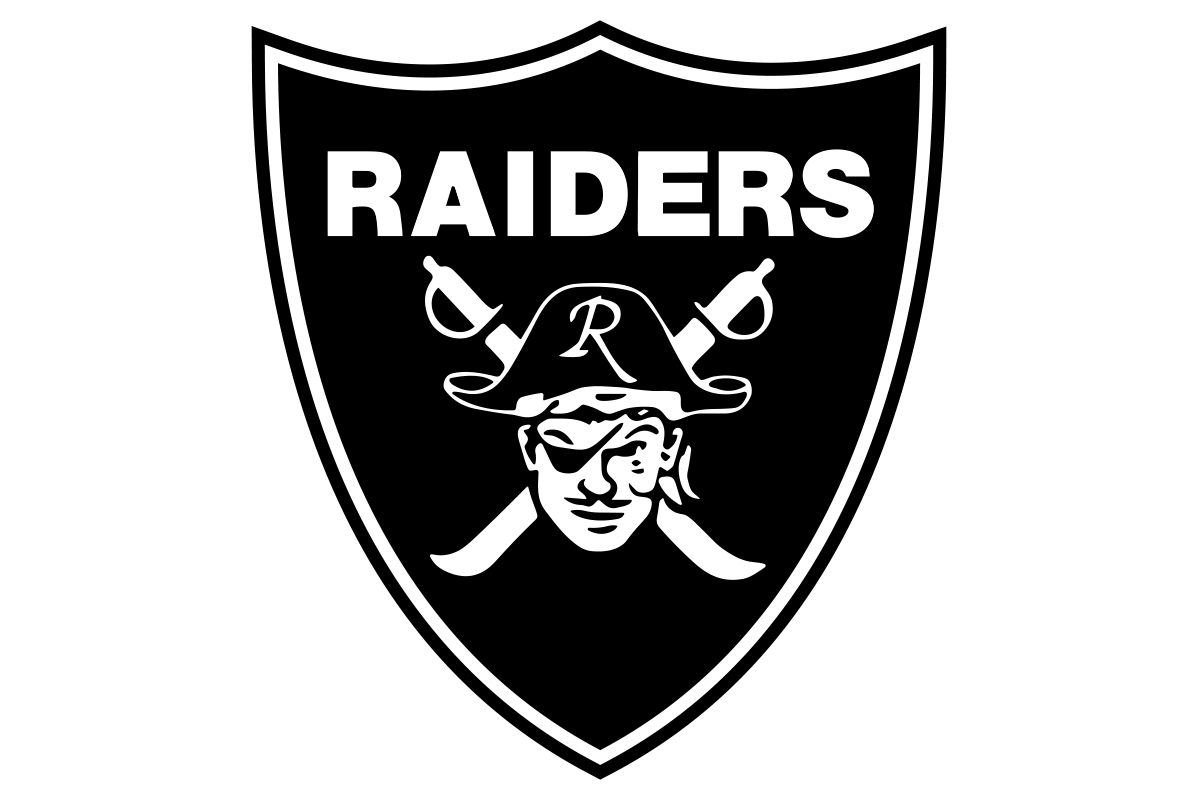Eggs have long been associated with the Easter holiday for centuries. With egg hunts, egg decorating, and candies this is a favorite for many. The history behind this holiday and its egg traditions are different around the world.
Originally eggs were painted with bright colors to symbolize the spring time and sunshine. The eggs were rolled in egg rolling contests or given as gifts. Once the egg is decorated or etched they were exchanged by friends, families, lovers. During medieval times masters gave there slaves the decorated egg. In Germany where they give decorated eggs along with other gifts to the children on Easter. In the Northern counties of England the children go around begging for eggs and other presents and acting out the Pace egg play, this was known as “Pace egging”.
Germans made a small hole in the bottom of their eggs and leave them out to dry then they die them and hang them on shrubs and trees during Easter week.
The way the eggs are decorated also varies by country. In Greece they are painted or decorated crimson to symbolize the blood that Christ shed. Slavic people decorate their eggs in patterns of gold and silver. In Austria they decorate their eggs green for Holy Thursday.
For thousands of years people thought eggs as a symbol of new life, this is why the egg was chosen as the symbol of resurrection.






